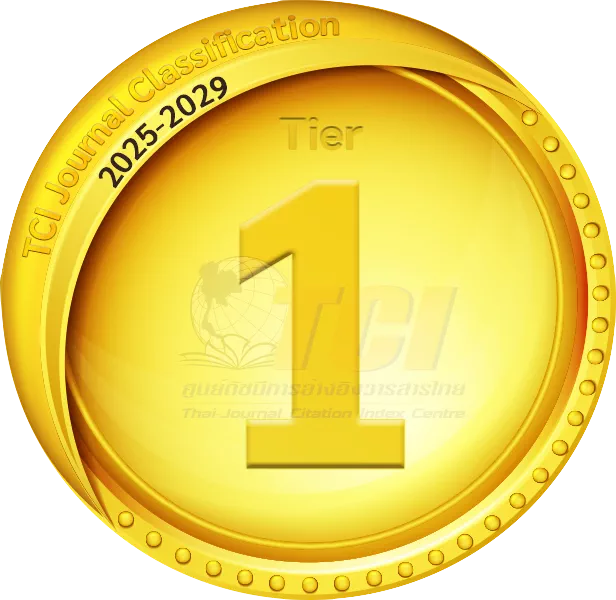A Development of an Academic Leadership Model for Higher Education in India
Keywords:
Academic leadership, Higher education, Indian higher educationAbstract
Academic leadership is one of the major factors that can address the challenges of 21st century and subsequently enhance the quality of higher education. The aim of this study is to develop a model of academic leadership for higher education in India for which it has employed a sequential mixed methods strategy. Qualitative data gathered from the research literature is analyzed by recursive interim content analysis to explore academic leadership. The findings of content analysis are used to develop research instruments. The survey questionnaires collect quantitative data to identify expected and current academic leadership practices in India. Qualitative data is collected through semi-structured interviews. A mix of quantitative and qualitative data is arranged sequentially with the help of Priority Need Index (PNI) technique to determine the criticality and urgency of each component. A model has been developed as an output of the study. It has 14 academic leadership constructs presented under three major facets. The constructs are the key enablers to effective academic leadership. (1) organizational leadership: institutionalizing environmental sustainability, ensuring accountability, setting direction, building networks and relationships, managing diversity and promoting collaboration; (2) leading academics: faculty development, teaching and learning, academic freedom; (3) personal attributes: emotional competencies, knowledge, academic credibility and cognitive capabilities. The model is expected to be a stronghold for the existing and guideline for aspiring academic leaders to handle complex and challenging 21st century higher education institutes.
Downloads
Published
How to Cite
Issue
Section
License
The submitting author warrants that the submission is original and that she/he is the author of the submission together with the named co-authors; to the extend the submission incorporates text passages, figures, data, or other material from the work of others, the submitting author has obtained any necessary permission.
Articles in this journal are published under the Creative Commons Attribution License (CC-BY What does this mean?). This is to get more legal certainty about what readers can do with published articles, and thus a wider dissemination and archiving, which in turn makes publishing with this journal more valuable for you, the authors.



